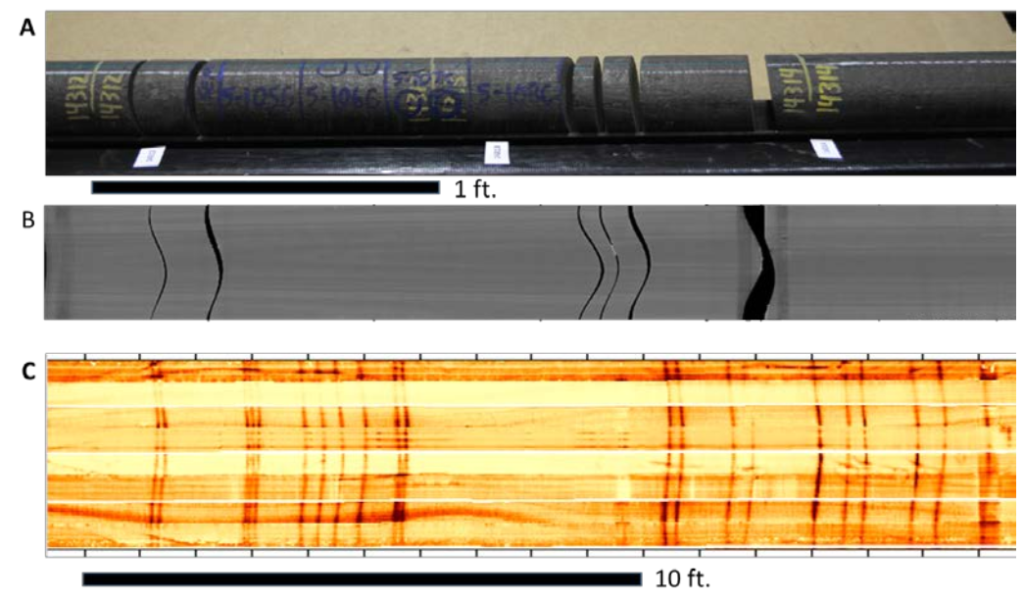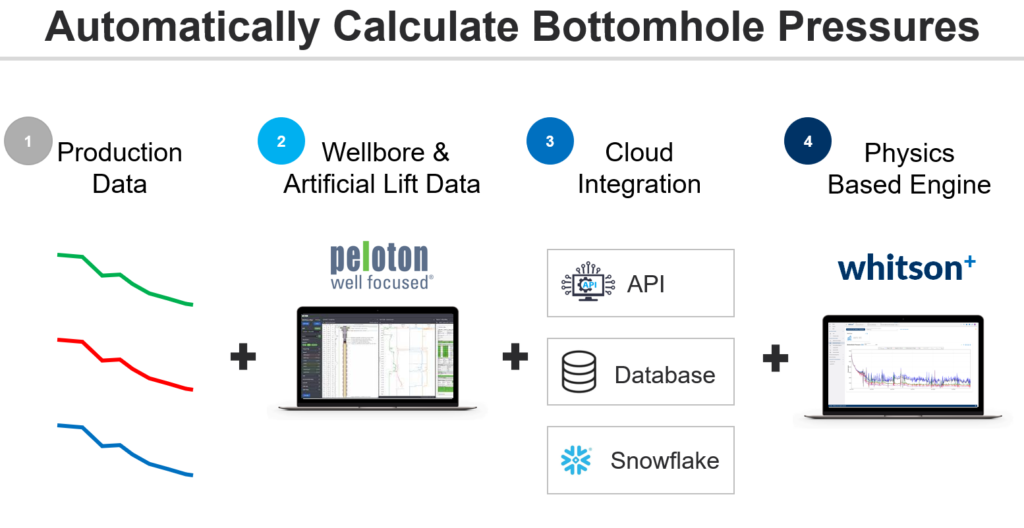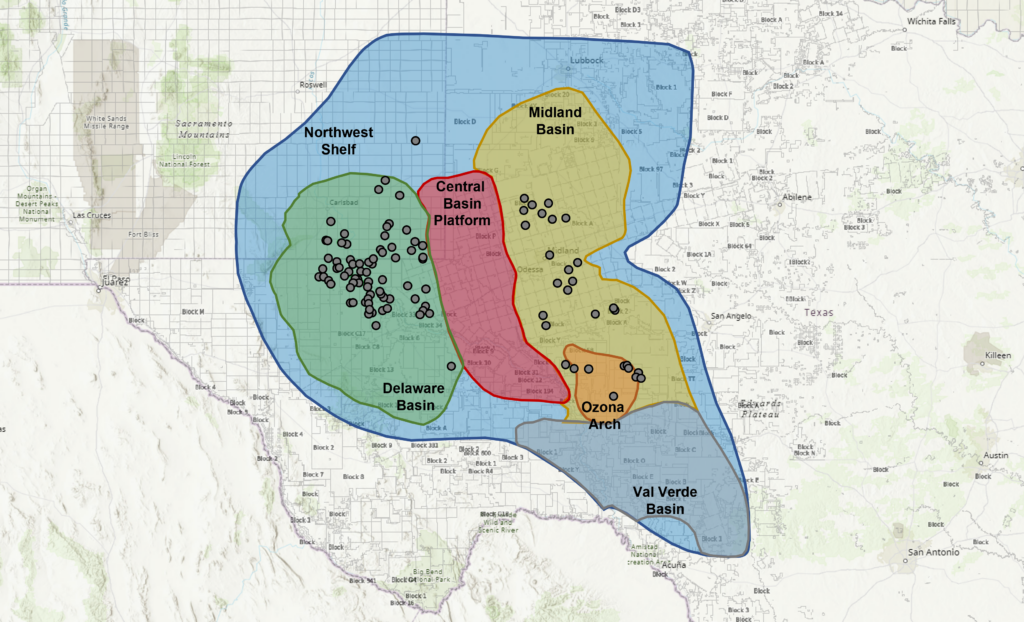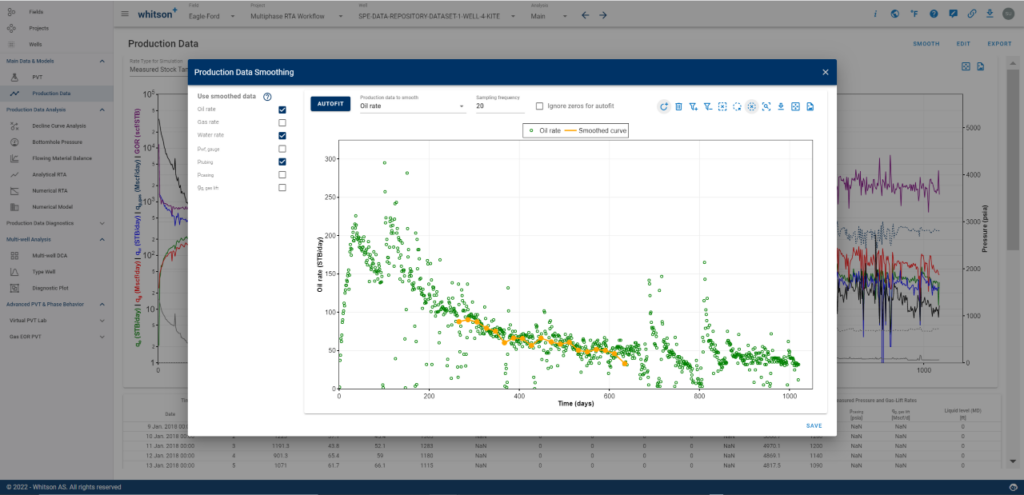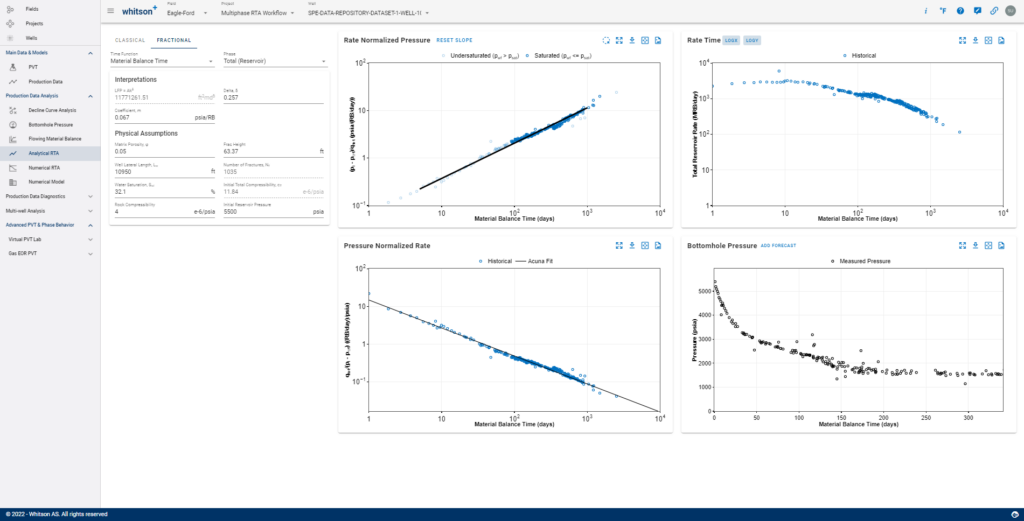Rate Transient Analysis (RTA) of Fracture Swarm Fractal Networks
This week we wanted to highlight and share a paper we think everyone in tight unconventionals should read, namely URTeC 2118, “Rate Transient Analysis of Fracture Swarm Fractal Networks” by Jorge Acuna. The paper is a few years old now, exemplifies how RTA can be formed on wells with complex fracture networks. Fractal techniques are […]


